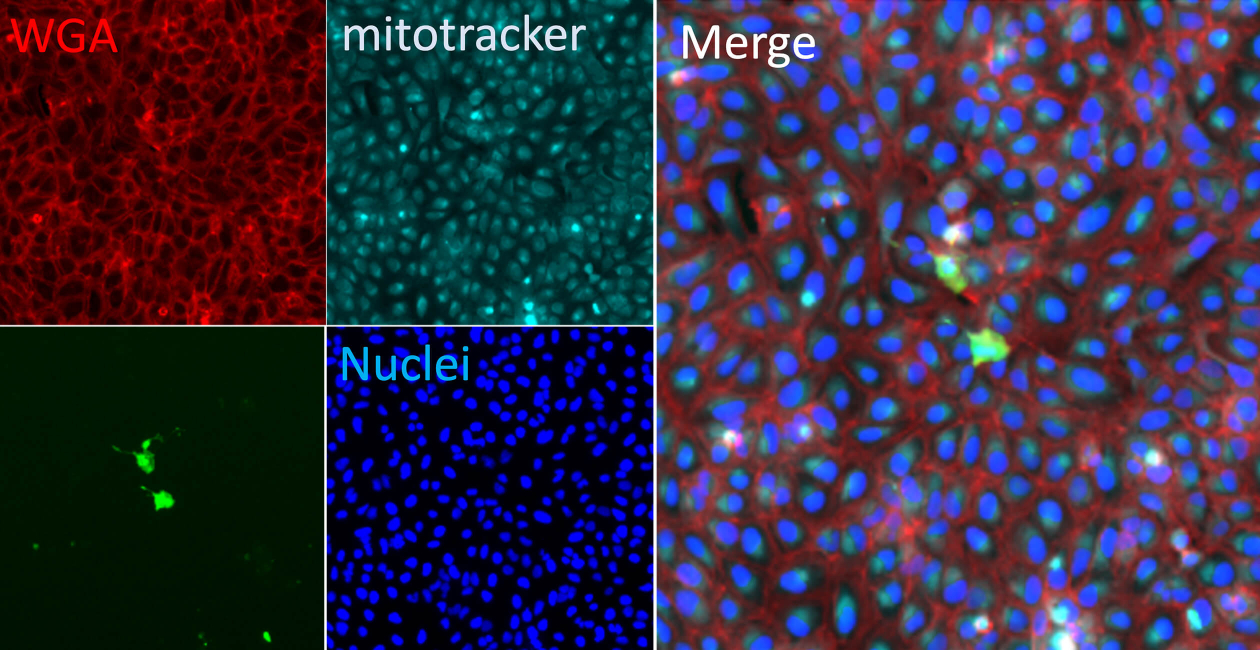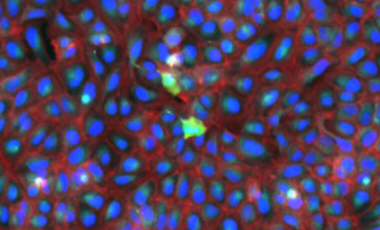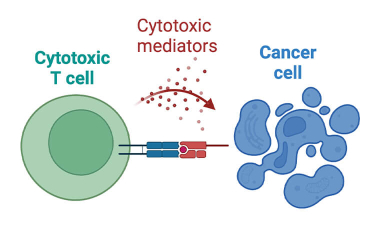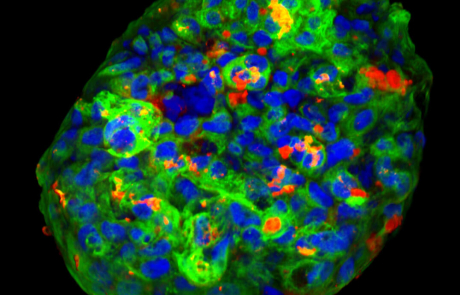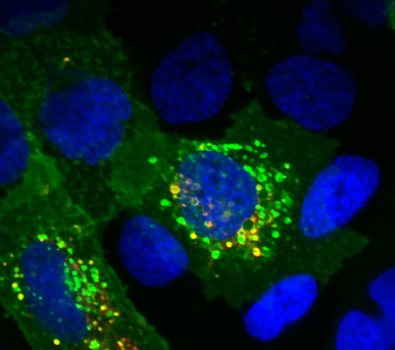Introduction
The goal of our research is to better understand mechanisms of sensing and repair during diseases like cancer, infections, and neurodegenerative disorders.
During infection, cancer, or physiological changes, the membranes of our cells can be damaged. Cells evolved to respond to those changes using a range of specialized adaptive immune responses. By understanding those mechanisms, we can modify cells to boost the immune system and restore a targeted and efficient response.
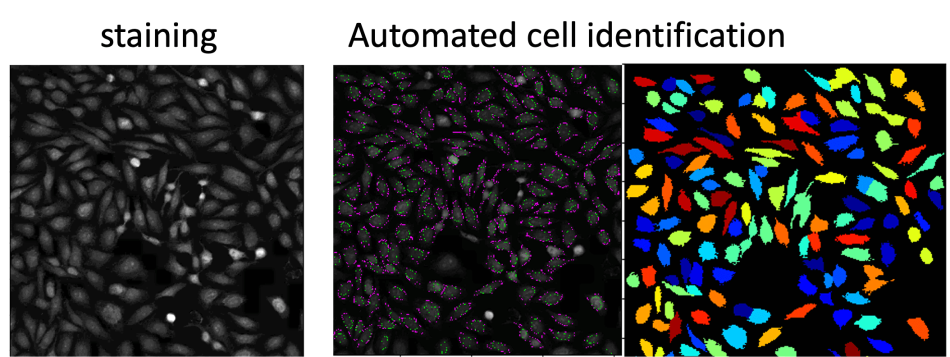
Our lab uses high-throughput screening methods and cutting-edge technologies like VR and AI to study cell response mechanisms. We observe cellular changes using high-capacity microscopes and analyze those changes through machine learning.
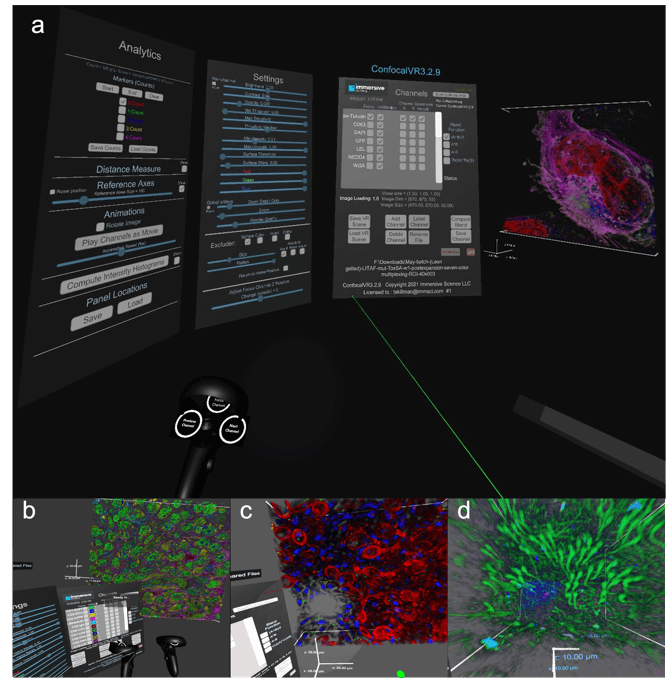

Research Assistant Member
Caroline Stefani, PhD
Principal Investigator, Stefani Lab; Center for Systems Immunology; Imaging Core Manager, Cell & Tissue Analysis Core
View Full Bio
Featured Publications
Nov 2025
T Cell Autocrine Hyaluronan Forms Complex Structures in CD4 T Cell Cytoplasm and Plays a Critical Role in Formation of the Immune Synapse
J Histochem Cytochem
Robert B Vernon, Michel D Gooden, John A Gebe, Inkyung Kang, Caroline Stefani, Gail Workman, Adam Lacy-Hulbert, Paul L Bollyky, Thomas N Wight
May 2024
Integrin αvβ3 Limits Cytokine Production by Plasmacytoid Dendritic Cells and Restricts TLR-Driven Autoimmunity.
J Immunol
Lorant AK, Yoshida AE, Gilbertson EA, Chu T, Stefani C, Acharya M, Hamerman JA, Lacy-Hulbert A
Apr 2024
Extracellular DNA traps in a ctenophore demonstrate immune cell behaviors in a non-bilaterian.
Nat Commun
Vandepas LE, Stefani C, Domeier PP, Traylor-Knowles N, Goetz FW, Browne WE, Lacy-Hulbert A
Mar 2024
Caveolin-1 protects endothelial cells from extensive expansion of transcellular tunnel by stiffening the plasma membrane.
Elife
Morel C, Lemerle E, Tsai FC, Obadia T, Srivastava N, Marechal M, Salles A, Albert M, Stefani C, Benito Y, Vandenesch F, Lamaze C, Vassilopoulos S, Piel M, Bassereau P, Gonzalez-Rodriguez D, Leduc C, Lemichez E
Jan 2024
LITAF protects against pore-forming protein-induced cell death by promoting membrane repair.
Sci Immunol
Stefani C, Bruchez AM, Rosasco MG, Yoshida AE, Fasano KJ, Levan PF, Lorant A, Hubbard NW, Oberst A, Stuart LM, Lacy-Hulbert A

